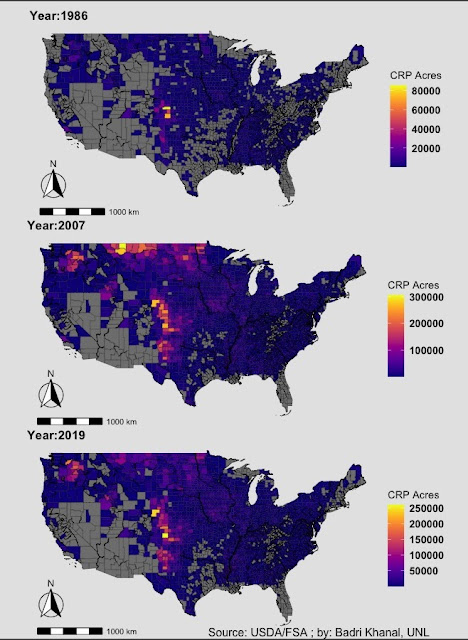I would like to share a positive experience we had with primary data collection from farmers. We collected 47 responses from farmers in a single day during the Delaware Agriculture Week this January. The survey, conducted on computers, took approximately 35-45 minutes for individual farmers. We had set up 12 computers for the event. The data collection event was announced beforehand, and participants were encouraged to sign in. However, only a couple of farmers signed in early, and most walked in during the event.
Collecting primary data from farmers is always challenging, especially in a country like the USA. Farmers are often inundated with numerous surveys and information requests, and they have limited free time. Most of their time is occupied with operating their tractors or harvesters or planning their farming activities.
How can we make the most of the limited time windows farmers have between their farm operations for data collection? First and foremost, it's advisable not to approach farmers with surveys too frequently. Whenever possible, collaborate with others conducting surveys. This is especially crucial if the farmers are specialized, and sending them with constant surveys is not a good choice.
When we collect data from an event like farm shows or Agriculture days, early planning can result in a successful data collection experience. When approaching farmers, emphasize the best management practices employed to ensure the confidentiality of their information. Be prepared to address the questions farmers may have about the purpose of the data collection. There are always benefits from strategies such as building rapport, pre-committing, and involving a person known and trusted by the farmers.
In addition to these factors, based on my recent experiences, a few housekeeping practices contribute to successful data collection meetings:
- Opt for presentation-style meetings over demonstrations, as many people prefer participating in field or equipment demonstrations.
- Target events that have longer individual sessions if you plan to collect during that session. If there are back-to-back half-hour sessions, participants may be unwilling to miss any consecutive sessions, reducing their likelihood of engaging in the survey or experiment.
- Ensure that the experiment venue is close to the main event venue. This proximity encourages greater participation.












